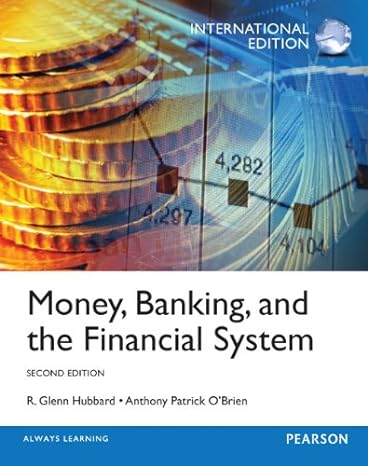In 2012, the Swiss National Bank (SNB) was intervening in foreign exchange markets to keep a floor
Question:
In 2012, the Swiss National Bank (SNB) was intervening in foreign exchange markets to keep a “floor” of 1.2 Swiss francs = 1 euro in the exchange rate between the franc and the euro. An article in the Wall Street Journal reported:
“Some exporters and traders had hoped the SNB would . . . raise the floor to 1.30 francs, which would mean intervention to strengthen the euro and weaken the franc, thereby helping the export trade.”
a. Would raising the floor from 1.2 francs = €1 to 1.3 francs = €1 result in an appreciation of the Swiss franc against the euro or a depreciation?
Briefly explain.
b. If the Swiss National Bank wanted to raise its floor exchange rate between the franc and the euro, what actions would it need to take? Use a graph of the demand for francs in exchange for euros to illustrate the effects of these actions.
c. The article cited here went on to state that the actions the SNB had taken to defend the floor exchange rate between the franc and the euro had “led to an unprecedented surge in the central bank’s foreign-currency reserves over the past two years.” Would SNB be able to add to its foreign-currency reserves indefinitely?
Briefly explain.
Step by Step Answer:

Money Banking And The Financial System International Edition
ISBN: 978-1292000183
2nd Edition
Authors: R. Glenn Hubbard ,Anthony P Obrien




